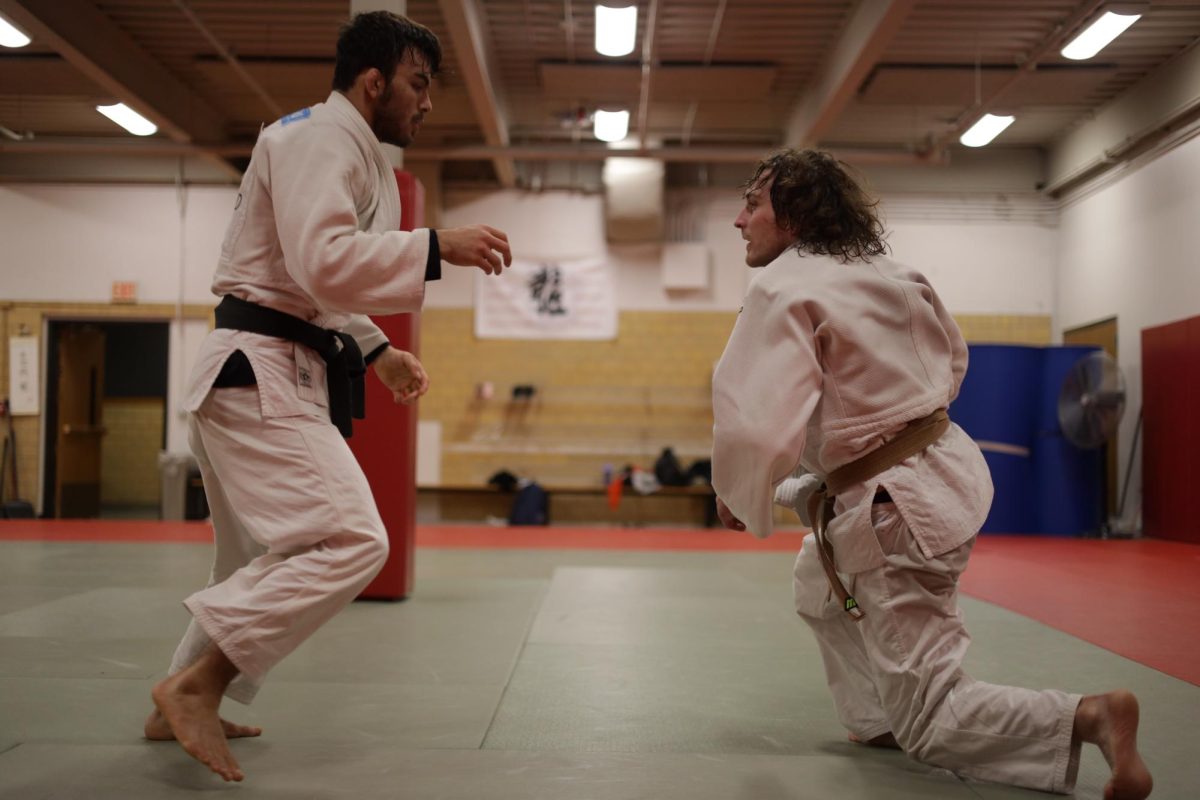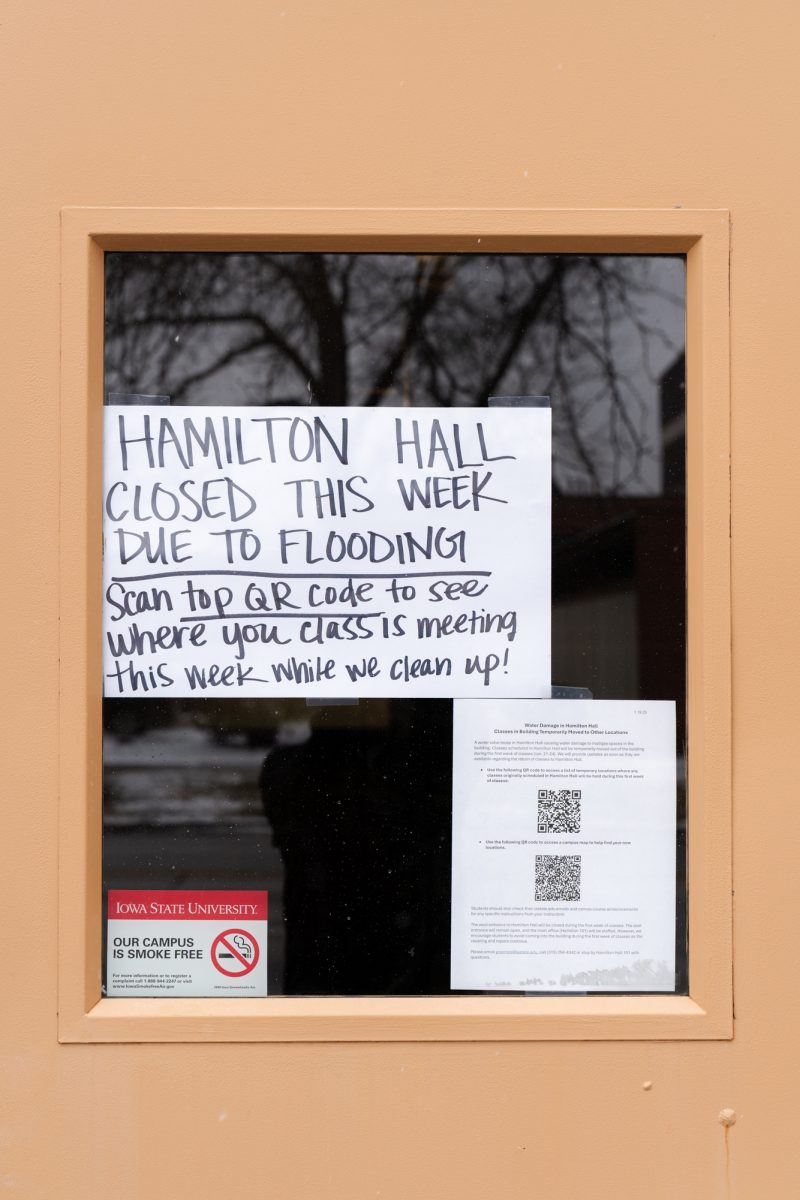Update of 70s glam doesn’t tarnish ‘Superstar’
February 5, 2004
With “Jesus is my homeboy” slogans adorning the T-shirts of celebrities, Jesus is suddenly hip again — but nowhere is he cooler than when belting out crucifixion concerns in the rock opera “Jesus Christ Superstar.”
Andrew Lloyd Webber and Tim Rice’s 1971 musical is showing at Des Moines’ Civic Center Feb. 3-8.
While the show retains the rock music feel that made it such a hit in the 1970s, updated costuming, sets and lighting provide a modern take on the story of Jesus’ last seven days leading up to his crucifixion, shown through the eyes of the troubled disciple Judas.
The disciples have traded in their sandals and bell bottoms for tennis shoes and cargo pants, Roman guards look a little less Goth and a little more Darth Vader and merchants in the temples resemble stock brokers on Wall Street; still, what has always and continues to set this musical apart is its catchy rock rhythms and soulful singing.
And while no one in the audience was pitching their panties at Pontius Pilate, with an orchestra pit made up of guitars, keyboards and an electric bass, the entire show had the feel of a somewhat Christian rock concert — one even Creed’s Scott Stapp couldn’t compete with.
The musical centers around the central character, Judas, played by Lawrence Clayton, as he begins to wonder if Jesus has gone too far in spreading his message of love, and finds himself torn in deciding whether Jesus really is the son of God or just a troubled, regular man, as evidenced by his not-so-holy relationship with Mary Magdalene.
Clayton’s deep R&B voice contemplates betrayal and suicide movingly, and one of the strongest points in the show is his vocal brawl with Jesus (Eric Kunze) during the last supper.
Long before Mary Magdalene was heating up religious scholars with the question of her true role in the life of Jesus, she was front and center in “Jesus Christ Superstar,” bickering with Judas and wondering how, exactly, she’s supposed to feel toward Jesus.
Natalie Toro, playing Mary, holds the audience’s attention through “I Don’t Know How to Love Him,” a rare reprise from any stage action, with beautiful vocals.
Pontius Pilate (Stephen Breithaupt) looks a little bigger and tougher than usual, but “Pilate’s Dream” and “Trial by Pilate” are as haunting as ever, allowing Pilate to emerge as an unlikely victim in the story of the crucifixion.
Every rendition of “Jesus Christ Superstar” has the opportunity to play around with the character of King Herod — in this version, he is reminiscent of a British George Burns, presenting a Vegas-style lights show complete with glitzy backup dancers and, of course, a cigar. Although the presentation of Herod can sometimes try too hard (think an Elvis-impersonating Herod), Barry Dennon, playing Herod, delivers — it couldn’t hurt that he was the original Pontius Pilate both in the Broadway and film version of the musical.
And then, of course, there’s the man himself. The show’s original Jesus, Ted Neeley, left some big sandals to fill — but Kunze proves he’s got the voice and the tormented soul to do it, with Jesus challenging and finally accepting God’s decision to have him crucified in “Gethsemane” being far and away the most moving anthem of the night.
For those who worshiped the original, it can be hard initially to swallow this flashier, modern version of the flower-power version of the 1970s hit.
But the songs and the stories — Judas’ betrayal, Pontius Pilate’s hand-washing, the crucifixion — remain timeless and continue to provide audiences with a truly religious musical experience.






